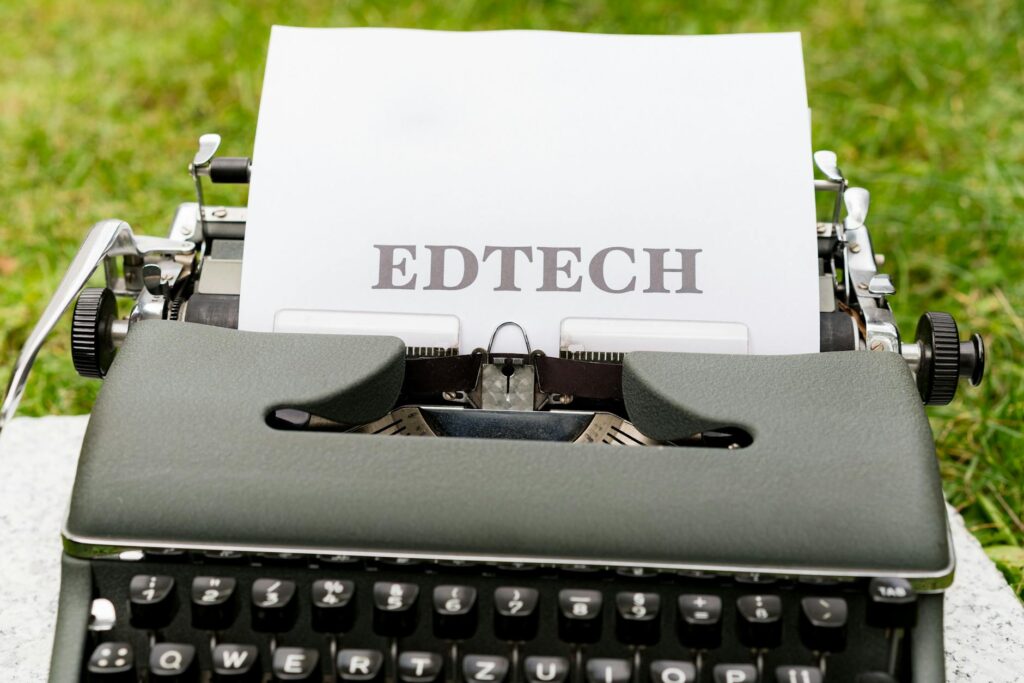What is gamified learning?

What is gamified learning?
In today’s fast-paced digital world, traditional education methods often fall short in keeping learners engaged. Enter gamified learning—a dynamic approach that combines the elements of game design with educational experiences. This method not only captivates learners but also enhances their understanding and retention of material. By integrating game mechanics, we can create a learning environment that encourages participation and fosters personal development.
Understanding Gamified Learning
Definition of Gamified Learning
Gamified learning refers to the incorporation of game-like elements into educational contexts. This approach transforms mundane tasks into exciting challenges, making learning more interactive and enjoyable. Rather than just passively consuming information, learners actively engage with the material through competition, rewards, and achievements. This concept can be applied across various fields, from classroom settings to corporate training environments.
Core Principles of Gamified Learning
At its core, gamified learning is built upon three essential components: mechanics, dynamics, and aesthetics.
-
Mechanics: These are the basic rules and systems that govern the game. In educational settings, mechanics could include point systems, badges, leaderboards, and levels that track progress.
-
Dynamics: This refers to the overall experience that learners encounter while engaging with the gamified content. Dynamics encompass the interactions and behaviors that emerge from the mechanics, such as cooperation, competition, and achievement.
-
Aesthetics: Aesthetics focus on the emotional responses elicited from the learners. Well-designed gamified experiences can evoke joy, excitement, and even a sense of accomplishment, making the educational journey more fulfilling.
These principles work together to create an engaging learning environment that promotes active participation and long-term retention of information.
Benefits of Gamified Learning
Enhancing Engagement and Motivation
One of the most significant advantages of gamified learning is its ability to boost engagement and motivation among learners. When educational content is presented in a fun, game-like format, it encourages a deeper level of involvement. Learners are more likely to participate actively when they know that they can earn rewards or compete with peers. This heightened engagement can lead to improved learning outcomes and a greater willingness to tackle challenging material.
Improving Retention and Understanding
Gamified strategies can significantly enhance information retention and comprehension. When learners interact with content through games, they are more likely to remember what they’ve learned. This is because the combination of fun and challenge creates a memorable experience. For instance, educational platforms like Kahoot! use quizzes and competitive elements to reinforce knowledge. As a result, learners can recall information more easily and apply it in real-life situations.
Fostering Collaboration and Community
Gamified learning also promotes collaboration and community building among learners. When educators implement team-based challenges or group competitions, students learn to work together towards common goals. This collaborative spirit not only enhances interpersonal skills but also creates a sense of community within the learning environment. As learners share knowledge and strategies, they build relationships that can last well beyond the classroom.
Examples of Gamified Learning
Popular Gamified Learning Platforms
Several platforms have successfully integrated gamified learning into their educational offerings:
-
Duolingo: This language-learning app uses gamification to motivate users through levels, achievements, and daily challenges. Users earn points and badges as they progress, making the learning process enjoyable.
-
Classcraft: A role-playing game designed for classrooms, Classcraft allows students to take on character roles and work together to achieve academic success. The game mechanics encourage collaboration and provide incentives for positive behavior.
These platforms exemplify how gamified learning can enhance user experiences while achieving educational goals.
Case Studies in Educational Settings
Numerous schools and organizations have reported success with gamified learning initiatives. For example, a recent study showcased the implementation of a gamified curriculum in a high school setting. Students who participated in the program displayed increased motivation, higher test scores, and improved teamwork skills. The positive feedback from both students and educators reinforces the effectiveness of gamified methods in fostering a productive learning environment.
Implementing Gamified Learning Techniques
Choosing the Right Game Elements
When considering gamified learning, it’s essential to select the right game mechanics based on your learning objectives. For instance, if the goal is to enhance collaboration, team-based challenges and group rewards may be beneficial. Conversely, if individual progress is the primary focus, leaderboards and personal achievements can provide motivation.
Designing Engaging Challenges and Rewards
Creating meaningful challenges and reward systems is crucial for successful gamified learning. Challenges should be appropriately difficult, neither too easy nor too overwhelming. Rewards could include points, badges, or even real-life incentives, like extra credit or tangible prizes. The key is to ensure that the rewards resonate with learners and encourage continued participation.
Measuring Success in Gamified Learning
Evaluating the effectiveness of gamified learning initiatives can be achieved through various metrics. Collecting feedback from learners, tracking engagement levels, and assessing academic performance can provide insights into what’s working and what needs improvement. Adjusting game mechanics based on this feedback ensures that gamified learning remains effective and engaging over time.
Conclusion on Gamified Learning
Gamified learning offers a powerful approach to education that enhances engagement, retention, and collaboration among learners. By incorporating game mechanics into educational experiences, we can make learning an exciting and interactive journey. As you explore the potential of gamified learning techniques in your own personal development, consider how they can transform your approach to studying or training. Whether you’re a student, educator, or corporate trainer, gamified learning has the potential to elevate your educational experience to new heights.

Photo by Markus Winkler